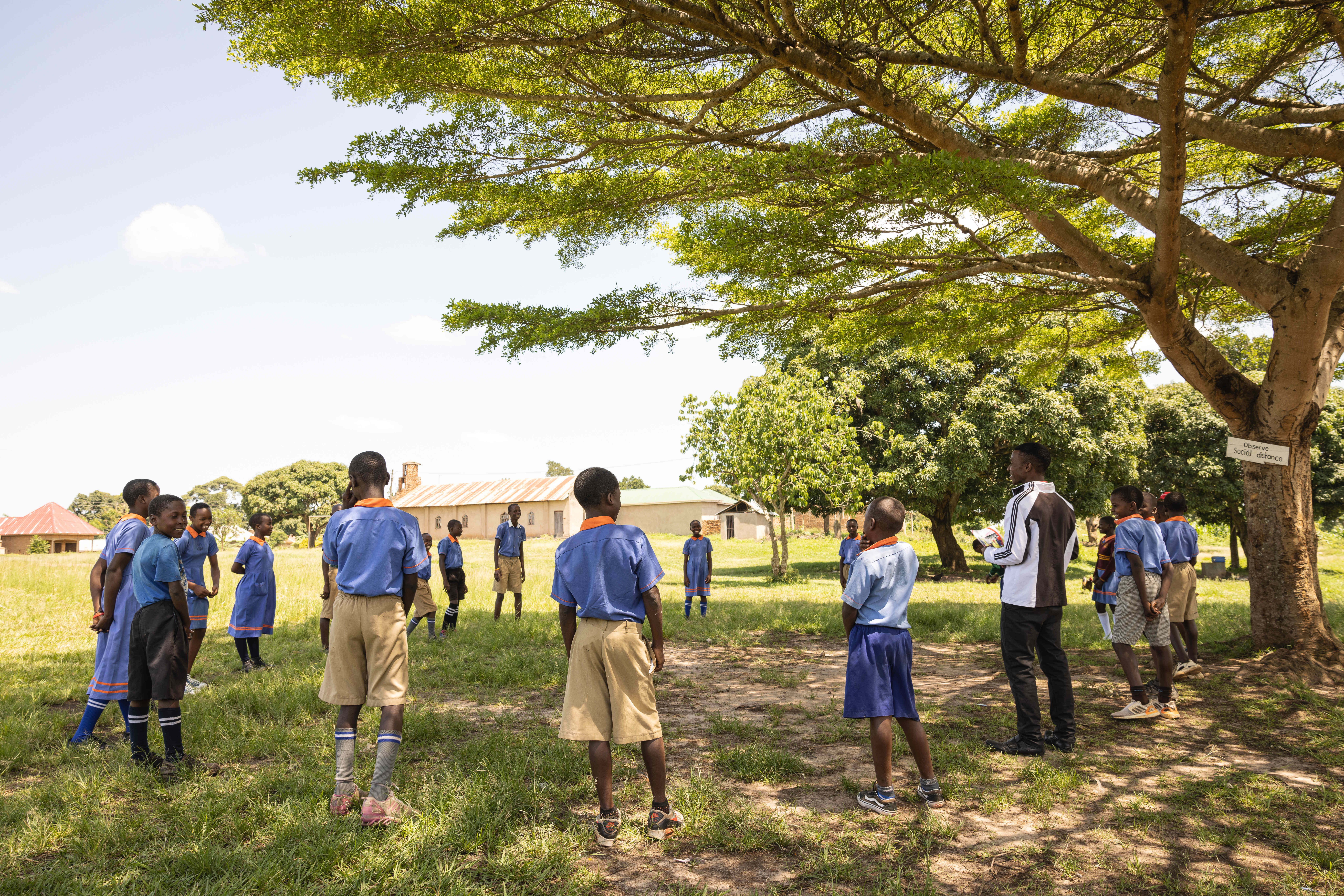Vers une aide humanitaire culturellement adaptée
DOI :
https://doi.org/10.21153/thl2023art1898Mots-clés :
cultural competence, humanitarian aidRésumé
Cet article analyse les opportunités et défis liés à l’intégration de la compétence culturelle au sein du secteur de l’aide humanitaire. Alors qu’il est essentiel que les organisations et les travailleurs humanitaires comprennent, prennent en compte et travaillent avec les dynamiques ethnoculturelles et la diversité qui existent au sein des communautés avec lesquelles ils échangent, lorsqu’une assistance humanitaire est planifiée et mise en œuvre, la compétence culturelle est rarement une priorité et est souvent négligée. L'article passe en revue l'évolution du concept de compétence culturelle et montre la manière dont les interventions humanitaires ont réussi à travailler efficacement dans des contextes multiculturels, en explorant leurs engagements en matière de compétence culturelle et ceci malgré des priorités contradictoires, des ressources limitées, une prise de décision centralisée, des calendriers serrés et l'urgence de fournir des services. Les défis liés à l'intégration de la compétence culturelle dans l'aide humanitaire sont ensuite développés et des recommandations pour guider les pratiques organisationnelles sont formulées.
Métriques
Téléchargements
Références
Bainomugisha, A. (2011). Child Soldiers in Northern Uganda: An Analysis of the Challenges and Opportunities for Reintegration and Rehabilitation. University of Bradford.
Carpenter, L. (2016). The Development of Cultural Competence in Social Work Practice and Education. Sophia, the St. Catherine University. https://sophia.stkate.edu/msw_papers/568
Combinido, P., & Ong, J. C. (2017). Silenced in the Aid Interface: Responsible Brokerage and Its Obstacles in Humanitarian Interventions. Philippine Sociological Review, 65, 39–64.
Bridging Refugee Youth and Children’s Services. Cultural Competency in Child Welfare Practice: A Bridge Worth Building. BRYCS. https://brycs.org/child-welfare/cultural-competency-in-child-welfare-practice-a-bridge-worth-building/
Curtis, E., Jones, R., Tipene-Leach, D., Walker, C., Loring, B., Paine, S.-J., & Reid, P. (2019). Why cultural safety rather than cultural competency is required to achieve health equity: A literature review and recommended definition. International Journal for Equity in Health, 18(1), 174. https://doi.org/10.1186/s12939-019-1082-3
Egonsdotter, G., Bengtsson, S., Israelsson, M., & Borell, K. (2020). Child protection and cultural awareness: Simulation-based learning. Journal of Ethnic & Cultural Diversity in Social Work, 29(5), 362–376. https://doi.org/10.1080/15313204.2018.1493013
El Rajji, R. (2016). ‘Even war discriminates’: Yemen’s minorities, exiled at home. ReliefWeb. https://reliefweb.int/report/yemen/even-war-discriminates-yemen-s-minorities-exiled-home
Fine, P. (2022). Rethinking the constraints to localization of foreign aid. Brookings Institute. https://www.brookings.edu/articles/rethinking-the-constraints-to-localization-of-foreign-aid/
Hart, A., Toma, M., Issa, F., & Neault, N. (2021). Developing Cultural Awareness Curricular Competencies for Humanitarian Non-Governmental Organisation Staff. Prehospital and Disaster Medicine, 36(6), 669–675. https://doi.org/10.1017/S1049023X21000996
Johnson, K., Wahl, D., & Thomalla, F. (2016). Addressing the cultural gap between humanitarian assistance and local responses to risk through a place-based approach. Brief for the Global Sustainable Development Report 2016.
Krishna, S. J., & Daniel, J. A. (2021). Impact of Culture on Humanitarian Operations: Review and Insights. SCMS Journal of Indian Management, 18(2), 120-138.
Lau, L. S., & Rodgers, G. (2021). Cultural Competence in Refugee Service Settings: A Scoping Review. Health Equity, 5(1), 124–134. https://doi.org/10.1089/heq.2020.0094
Lensu, Maria. (2004). Respect for culture and customs in international humanitarian assistance: Implications for principles and policy. PhD thesis, London School of Economics and Political Science.
Msall, K. A. (2018). Humanitarian aid workers’ knowledge of minority cultures in Iraqi Kurdistan. Journal of International Humanitarian Action, 3(1), 9. https://doi.org/10.1186/s41018-018-0037-4
Remington, C. L. (2017). The Cultural Competence of Response & Recovery Workers in Post-Earthquake Haiti. Doctor of Philosophy Public Affairs. Florida International University] https://doi.org/10.25148/etd.FIDC001939
Scott, J. (2007). Importance of Cultural Competency in Disaster Management. Center for Public Service Communications.
Sue, S., Zane, N., Nagayama Hall, G. C., & Berger, L. K. (2009). The Case for Cultural Competency in Psychotherapeutic Interventions. Annual Review of Psychology, 60, 525–548. https://doi.org/10.1146/annurev.psych.60.110707.163651
Tošovská, L. (2016). Cultural Sensitivity in Humanitarian Assistance.
UNHCR. Figures at a glance. (2023). UNHCR. Retrieved August 25, 2023, from https://www.unhcr.org/about-unhcr/who-we-are/figures-glance







